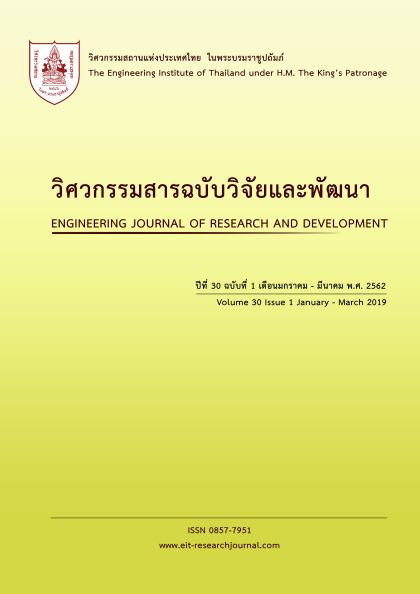HEALING EFFECTIVENESS OF FRACTURES IN ROCK SALT AND POTASH
Main Article Content
Abstract
Long-term healing test under constant hydrostatic stresses (3-20 MPa) has been performed to assess the healing effectiveness of tension-induced fractures in rock salt and potash specimens. Gas flow testing has been conducted to monitor the changes of fracture permeability under constant stresses for up to 21 days. Line-loading on the healed fractures has been performed to assess the healing effectiveness. The results show that hydrostatic stresses and durations can decrease fracture permeability and increase healing effectiveness. Healing mechanism of rock salt fractures involves covalent bonding of cleavage planes, while that of potash fractures is related to recrystallization processes. The permeability and healing effectiveness of salt and potash fractures have been derived as a function of the applied mean strain energy, primarily to allow predicting their healing behavior under in-situ conditions (confining stresses). The findings imply that permeability of fractures at greater depths may be reduced quicker than those at shallower depths. Under the same mean strain energy, salt fractures can be healed better than potash fractures. This is because the bulk modulus of potash is much lower than that of rock salt, and hence it can absorb higher mean strain energy.
Article Details
The published articles are copyright of the Engineering Journal of Research and Development, The Engineering Institute of Thailand Under H.M. The King's Patronage (EIT).

